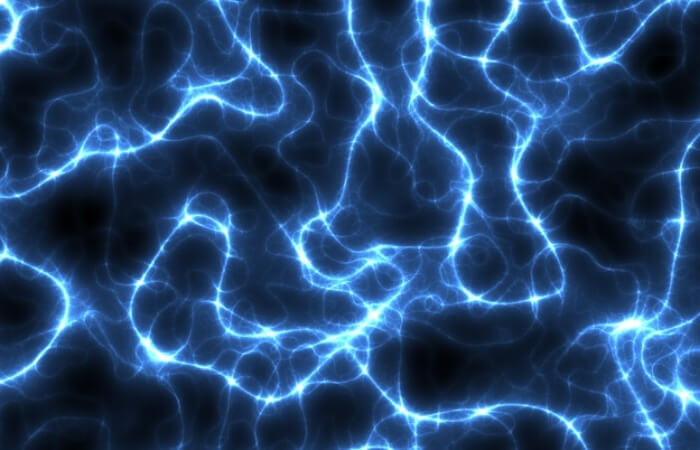“Inexhaustible” source of electrical energy of the graphene sheets

“Inexhaustible” source of electrical energy from graphene sheets.
Technology is in the process of development!
Due to Brownian motion (thermal fluctuations) of carbon atoms in the graphene sheet the latter is able to “produce” electrical energy.
Brownian motion as a source of energy
The mechanism of producing electrical energy from Brownian motion of graphene sheets
Brownian motion as a source of energy:
Brownian motion is the random motion of microscopic visible suspended in the fluid of the solid particles caused by thermal motion of particles of liquid or gas. This phenomenon was discovered by R. Brown and named after him. Typically, the Brownian motion involves a particle less than 3 microns, including atoms and molecules. The reason the Brownian motion is thermal motion of particles of matter such as atoms and molecules.
The researchers conducted a series of experiments and found that the Brownian motion is observed not only in liquid or gas, but the carbon atoms in the graphene sheets. In the case of graphene Brownian motion (thermal motion) is manifested in the form of vibrations of atoms of carbonin the crystal lattice of the material, which apply to certain area of the graphene film, as a rule, not more than 10 nanometers. In turn, fluctuations in this part of the graphene film spread like the waves on the whole graphene sheet.
That is wavelike oscillations of the graphene film, according to scientists, are the inexhaustible source of energy.
This effect was discovered by scientists during a series of experiments.
The mechanism of producing electrical energy from Brownian motion of graphene sheets:
Graphene has many unique properties like high mechanical strength and high electrical conductivity. He has virtually no resistance. From graphene to 70 times the mobility of electrons is higher than that of silicon. The speed of electrons in graphene is 10 000 km/s, although in a conventional conductor, the velocity of the electrons of order 100 m/s. well of Course it’s not all the unique properties of graphene, but only some of them, need to produce electrical energy.
Scientists have conducted experiments to determine the mechanism of producing electric energy resulting from Brownian motion (thermal fluctuations) of carbon atoms in the graphene sheet.
@
In order to make a sheet of graphene inexhaustible source of electrical energy, the scientists put it between two closely spaced electrodes. It was found that when graphene is a heat wave, the top of the “wave” of negatively charged graphene for the upper electrode, the portion of the charge flows into it, creating an electrical potential. Conversely, when the lower positively charged part of the wave touches the bottom electrode, creates an electric potential of the opposite polarity. As a result of fluctuations and spillover of the charge to the electrodes an alternating electric current, whose frequency corresponds to the frequency fluctuations of the graphene film.
One square nanometer sheet of graphene when passing it a heat wave, as follows from the experiments made, capable of producing up to 1 PW electrical energy. If the area fluctuations of the graphene film increased, the generated electric energy, according to scientists, increases exponentially.
Due to Brownian motion (thermal fluctuations) of carbon atoms in a sheet of graphene, according to scientists, the latter is able to operate indefinitely.
Scientists plan to conduct experiments with other two-dimensional materials similar to grapheneto detect material with greater efficiency.
Links to sources:
Here are the links to the sources:
; https://www.dailytechinfo.org/nanotech/9797-teplovye-kolebaniya-lista-grafena-prevraschayut-ego-v-neischerpaemyy-istochnik-chistoy-energii.html ; https://researchfrontiers.uark.edu/good-vibrations/ ; .
Note: © Photo , . Video .



